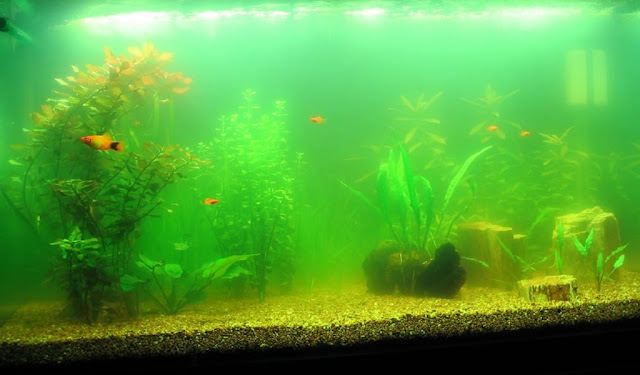The Neon Tetra Disease in Aquarium Fish
Neon Tetra Disease shorts for NTD are common in tetra fish, but rare among Oscar fish. It is a parasitic disease caused by the Pleistophora hyphessobryconis parasite. Currently, there is no effective method to cure the NTD disease, so it must be paid attention to prevention daily when keeping tetra fish in tanks. What Causes Neon Tetra Disease The main disease-causing organism is the Sporozoa. The spores are eaten along with the fish food and then enter the intestines of the fish. The spores transform into amoeba-type cells in the fish intestines, then spread throughout the fish body, and form groups of spherical cysts, especially in the fish body. The NTD spores gradually take over the fish's muscle fibers and are released when the skin is damaged or when the fish dies. It will infect other fish again and again in the same fish tank . A tetrafish becomes vulnerable to it in two situations. ●Fish digest the body of the parasite-affected fish body. ●On indigestion of the con...

